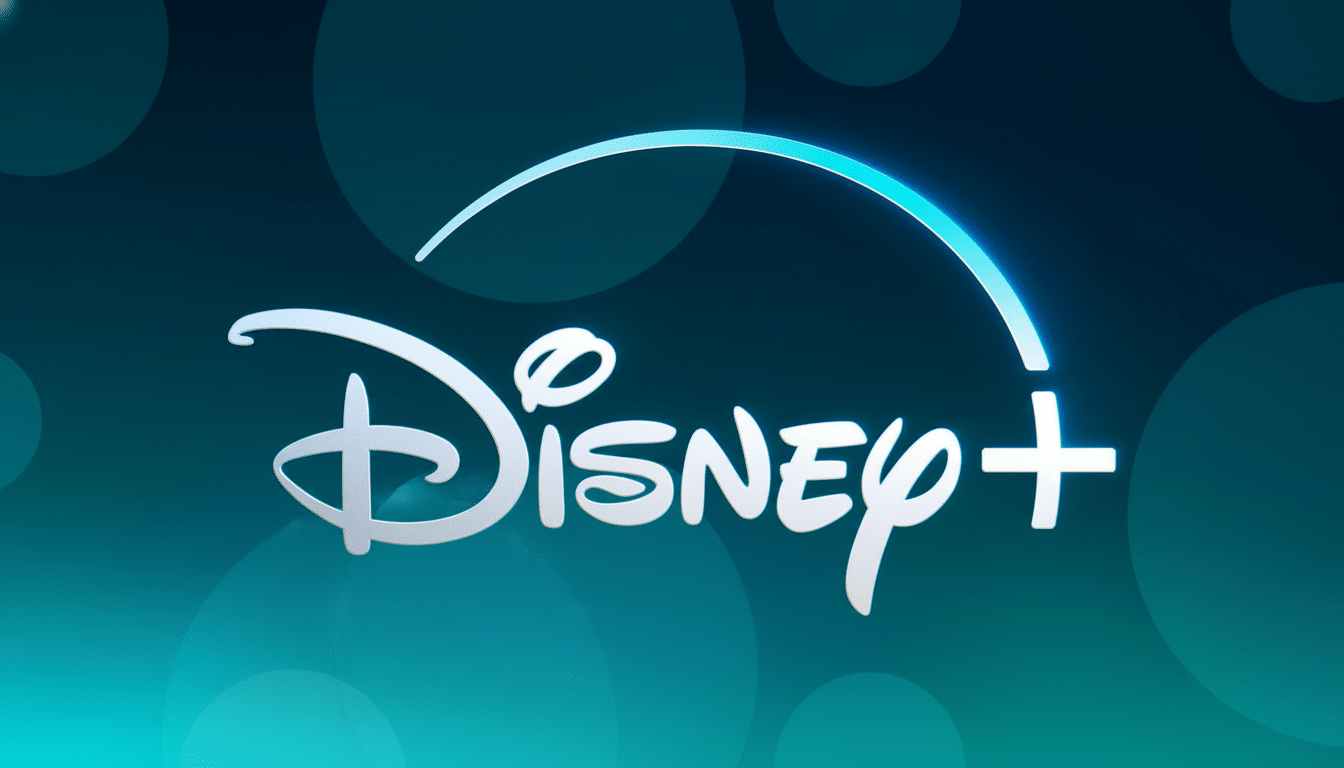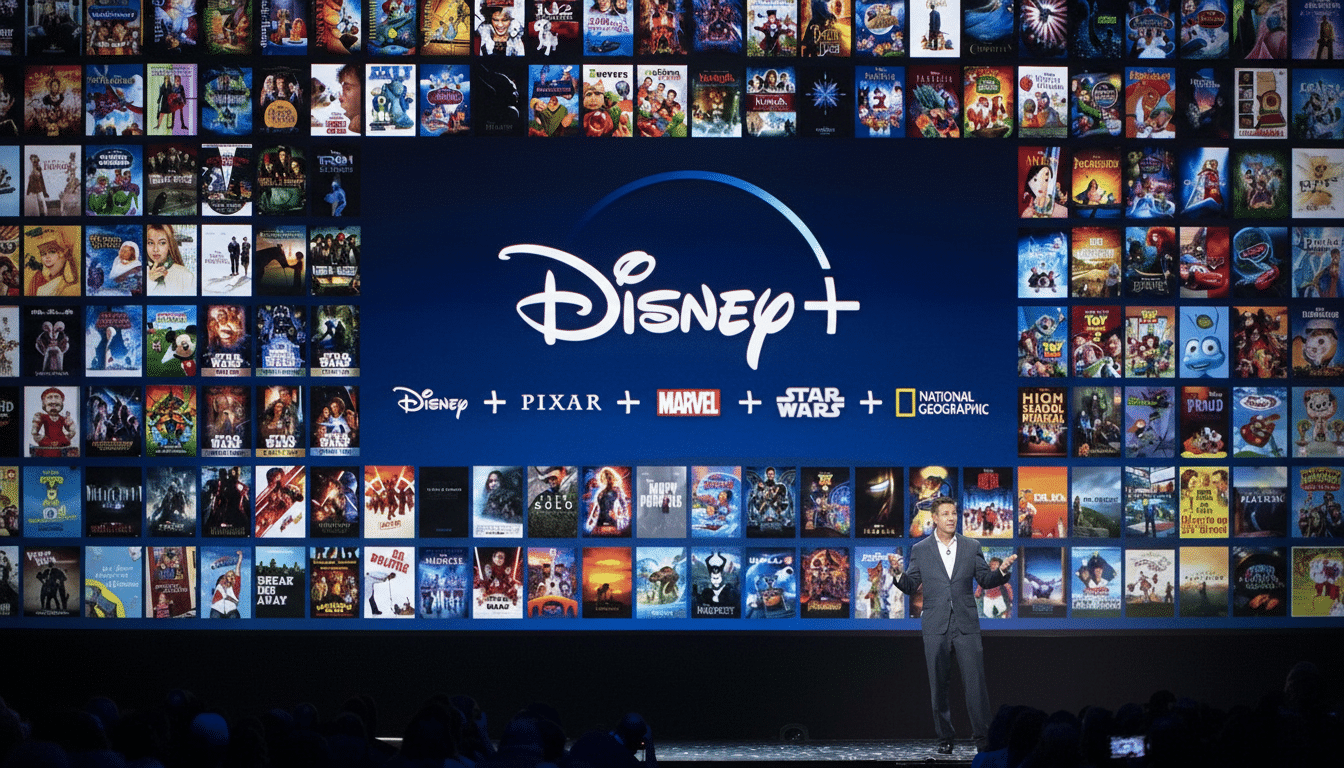Disney+ is raising monthly fees on most of its lineup as a social-media-driven boycott linked to Jimmy Kimmel’s show roils much of its subscriber base. The move piles new pressure on families that are also trying to manage streaming costs — and on Disney’s calculus around how much churn it can withstand in return for higher revenue per user.
The company shared the new prices on its support site, showing a hike of about $2 to $3 per month for most of its plans and bundles. The timing, amid a wave of consumer anger over the temporary cancellation of Jimmy Kimmel Live!, promises the shift will be analyzed to within an inch by fans and pundits alike.

What’s changing on your bill with Disney+ price hikes
Disney+ with ads increases to $11.99 a month from $9.99. The Premium (ad-free) plan will go up by $3, to $18.99 a month from $15.99, while the ad-free annual plan will now be $189.99, rather than $159.99. Bundles that include Disney+ with Hulu, ESPN or Max also get pricier — generally by $2 to $3 a month — although some groupings will not change, Disney said.
One holdout of note: The previously ad-free Disney+ and Hulu bundle is still $19.99 a month. Still, the overall change is quite a turn for a service that debuted in 2019 at $6.99 with no ads. The cumulative effect reflects a broader “streaming inflation” trend as platforms surge toward profitability.
Why Disney wants to raise the price for streaming
Such price increases have become increasingly common throughout the industry as content prices climb and investors demand sustainable margins. One consistent theme of analyst notes, including from MoffettNathanson and Ampere Analysis: Small price increases help boost average revenue per user (ARPU) — along with incremental bumps made via ad tiers — even if more subscribers cut the cord in the short term.
Disney has telegraphed this strategy on recent earnings calls: focus on profitable growth, migrate users to ad-supported tiers (which are monetized by both subscription revenue and advertising) and floor the churn-causing gas pedal with bundles. Nielsen’s The Gauge has found streaming’s share of TV consumption hovering near all-time peaks, which is making platforms more comfortable that viewership — and advertiser demand — will follow price moves.
The Kimmel factor, and consumer sentiment
Complicating the rollout: a boycott movement by some disgruntled viewers, angered by the temporary shutdown of Jimmy Kimmel Live! The show’s comeback has not entirely silenced critics, and calls to cancel Disney+ and Hulu subscriptions have floated on X and Reddit. Increases in prices are so often the spark for protest movements because they offer a concrete and immediate lever that consumers can tug.
Whether the backlash will result in material subscriber losses is an open question. A social spike does not always translate to sustained churn, but it certainly amplifies sentiment at exactly the time when people are being asked to give up more money.

Trade-off of churn risk through to ARPU reward
“Antenna, a third-party firm, has measured that streaming price hikes tend to cause a short-term spike in churn (particularly for lighter users and deal seekers), but ARPU lifts enough to more than compensate,” he wrote. Disney has witnessed that pattern before: Previous hikes spurred cancellations but also had the effect of bettering per-subscriber economics as more viewers moved into the ad tier or higher-value bundles.
The company is betting that premium franchises — from Star Wars and Marvel to general-entertainment hits on Hulu — along with live sports through ESPN-branded bundles will keep core users sticky. The addition of content bundling is still a proven churn reducer — as we’ve long known, wine unopened in the bottle can’t be used as leverage against tomorrow’s offer; however, industry research continues to find that multi-service bundle households churn less than siloed households, cited by Parks Associates.
What subscribers can do now to manage rising costs
If the new rates sting, you could save by switching to the ad-supported plan — which still significantly undercuts the ad-free fee — or revisiting your bundle to weed out redundant services.
Many of those increases get offset by discounts from mobile carriers and cable providers. Viewers who bail completely have strong free, ad-supported options — such as Pluto TV, Tubi, and The Roku Channel — to tide them over until they can binge new seasons.
For the truly committed, at $19.99 per month, the ad-free Disney+/Hulu bundle is still one of the more competitive premium-tier offerings — even better if you’re already a subscriber to each service.
The bottom line on Disney+ price hikes and subscriber impact
Disney+ is jacking up rates at a politically and culturally delicate time, prompting added scrutiny from its subscribers. But the move is right out of the wider streaming playbook: tolerate some churn now in return for higher ARPU and steadier long-term economics. The next few months will determine whether the Kimmel boycott is a passing headline — or an actual headwind — when it comes to Disney’s pricing power.

